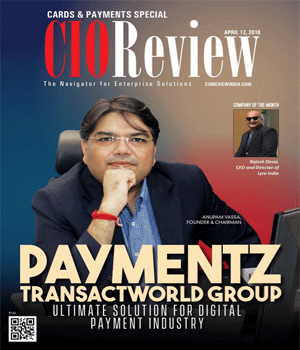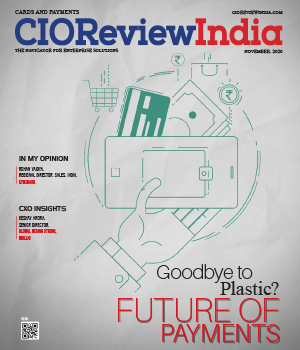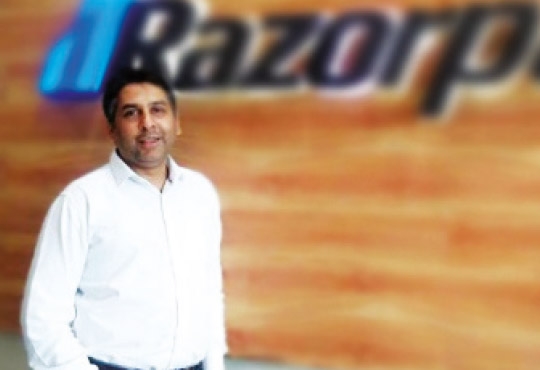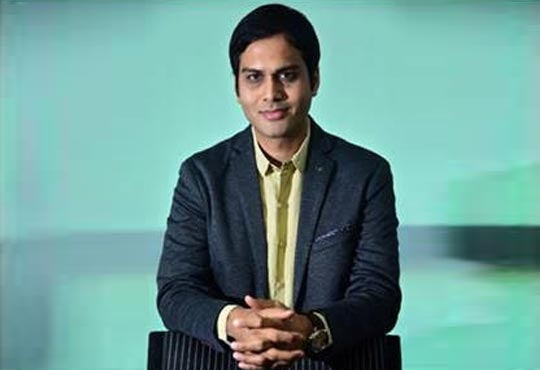
Managing a Reluctant User Base
Vic Peterson, CIO, Stinson Leonard Street LLP | Tuesday, 10 July 2018, 09:26 IST
 I work in an environment that is notoriously resistant to technology change: a large law firm. But, law firms are not unique. Overt user resistance is a common challenge at professional service firms, a category that includes organizations that employ doctors, professors, accountants, financial advisors, architects, and even technology consultants.
I work in an environment that is notoriously resistant to technology change: a large law firm. But, law firms are not unique. Overt user resistance is a common challenge at professional service firms, a category that includes organizations that employ doctors, professors, accountants, financial advisors, architects, and even technology consultants.
Why Are Professionals Reluctant to Adopt Technology in the Workplace?
Professionals stake their careers on their reputations. Change in the work environment can mean a loss of control, damage to performance, and loss of reputation. Sometimes user skepticism can be extreme. An acquaintance who is a technology executive at a prestigious teaching hospital told me that the implementation of thousands of iPads was held up by one surgeon with significant institutional clout because he did not like the resolution of the X-ray images on the iPad. Fair enough. In that scenario, an image resolution could mean life or death. What about the phlebotomist who simply has a checklist to follow or the nurse who is accessing a patient history database that includes mostly text updates? I personally witnessed a professor at a significant business school denigrate the use of PowerPoint by her colleagues. She then proceeded to use an old-fashioned overhead projector with prepared film slides. We all experience these moments, but still, there is a science to the management of such circumstances.
User Acceptance Curve
I favor the user acceptance model that says there are different types of users that can be plotted on a bell curve. Below is an example into which I have inserted the range where I believe most of my professional users reside. Between the red bars are my lawyers.
Lawyers are creatures of habit. Their entire profession is based on legal precedent, which means they look to the past for validation. Therefore, I concentrated on “moving” the middle of the bell curve by linking the new experience to something familiar. For example, I analogized the experience of logging into one’s personal 401K account by logging into an extranet. Once the attorneys understood our extranet platform was not terribly complex and resembled something they did in their personal lives, their resistance went down. Ultimately, I ended up with a group leader extolling the extranet in a group meeting. For her, the positive experience with the tool had helped solidify a relationship with a client by facilitating sensitive document exchange—music to my ears.
Professionals Are People, Too
Even though they spend a fair amount of their time dealing with complex or abstract issues, highly educated professionals tend to make generalizations about technology that may seem unfair. They are impatient and likely to snap when resolution does not come quickly. Respect the reasons they chose this line of work. For many corporate lawyers, they went to law school because they yearned for a cognitive profession but did not want to be engineers or teachers. Honor the fact that not everyone is built to follow workflows and Gantt charts.
Deliver a Holistically Designed, High- Quality Experience
Think end-to-end. Professionals tend to deeply appreciate a user experience that has been thoroughly contemplated. This does not mean that you have to design a ridiculously intricate system that mitigates every negative possibility. In fact, it can mean quite the opposite. This is more about determining what the most important aspects of the user experience are and delivering those to their most effective level. This approach will, in fact, save money over the “scorched earth” product that squashes out every possible negative consequence.
How to Handle Laggards
You will not convince the most intransigent, the “laggards.” Some will even have a perverse desire to battle you no matter what you do. Do not waste time pandering. However, to do this you have to have strong personal/institutional credibility and unflinching backing from upper management. Your word has to be completely reliable, battle-tested over time, and delivered in a way that is not off-putting. Do not be afraid to sound the alarm for dire consequences if needed, such as that the lagging user population is in danger of becoming obsolete if it cannot change. But, use this tactic sparingly. Tie new technology to positive, demonstrable economic changes for users. For example, we are contemplating rolling out an electronic document signing tool much like the ones used in mortgage closings. One of the strongest selling points is that such a tool can shorten the time for client on-boarding paperwork to be complete. We expect a reduction in client on-boarding from several days to a few hours. Ultimately, this accelerates cash flow to the firm and may result in healthier bonuses for partners—a very good outcome.
Summary
These observations are based on the culture of the professional firms to which I have belonged. That is not a huge sampling, but it seems reasonable from anecdotal evidence of my peers in adjacent industries that most professional organizations are similar. Partnerships or talent-based alliances are prone to defection (easy talent departure), and you can scare off the people who drive revenue. On the other hand, law firms and other kinds of service firms mired in old ways will find themselves ripe for replacement, if they do not modernize. Let the happy middle make that realization, and change will speak for itself.
CIO Viewpoint
Understanding Digital Transformation As Not...
By Mani Mulki, CIO at Tata Capital
Managing a Reluctant User Base
By Vic Peterson, CIO, Stinson Leonard Street LLP
E-Mandates and their Power to Transform Payment...
By Arif Khan, Chief Innovation Officer, Razorpay
CXO Insights
Innovation Is The Key Factor For Fintech To...
By Manish Bhatia, President - Technology, Analytics and Capabilities at Lendingkart
Emotional Intelligence And Customer Retention:...
By Keshav Arora, Senior Director, Global Design Studio, Brillio
A 10,000 Feet Overview Of Blockchain








